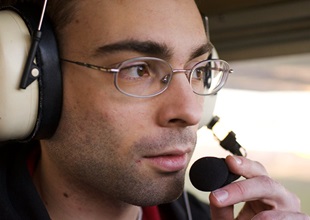 What would make you discontinue a takeoff? Are you prepared to make that decision each time you advance the throttle to commence the takeoff run?
What would make you discontinue a takeoff? Are you prepared to make that decision each time you advance the throttle to commence the takeoff run?
Losing directional control in gusty winds or by failing to neutralize a single-engine airplane’s left-turning tendency is a reason to abort a takeoff before a runway excursion results. A traffic conflict is another. An undetected pitot-static system blockage interfering with airspeed indicator function is another—although knowing how to fly a safe traffic pattern without the airspeed indicator will give you a safer option if the runway end is approaching.
Conspicuous control or systems failures aren’t the only reasons to rethink a takeoff before becoming airborne. At high gross weight or when taking off under high-density-altitude conditions, or from a short runway, it is a good idea to have selected an abort point on the runway. For example, one method is to discontinue the takeoff if you have not achieved 70 percent of your takeoff airspeed when you are halfway down the runway.
Sometimes a decision to abort stems from a gut feeling that something just doesn’t feel right. A student pilot soloing a Cessna 172 in calm winds, after some dual practice with an instructor, performed an acceptable first touch-and-go landing. But things didn’t go as well on the second circuit, which concluded with a harder-than-normal landing.
“He continued the takeoff roll for another touch-and-go landing but reported hearing a weird sound. He added power, and [believed] that was the moment when the nose landing gear tire deflated. He then felt a ‘strange movement and I felt the nose falling.’ He reduced power to abort the takeoff and then heard and felt something touching the floor,” said an accident summary on the National Transportation Safety Board website.
After coming to rest, the trainee contacted the air traffic control tower to report what had occurred.
And as it turns out, the student pilot had made the right call to abort because damage to the nose landing gear and surrounding structures, as determined later on inspection, was substantial.
Had the student pilot not heard the “weird sound” and noticed the “strange movement” of the aircraft, the takeoff attempt in the damaged Cessna might have been continued—demonstrating the importance of becoming attuned to your aircraft’s responses, and going quickly on alert when something just feels wrong.



